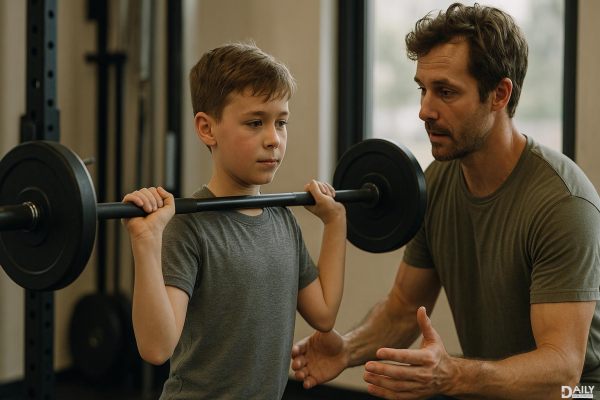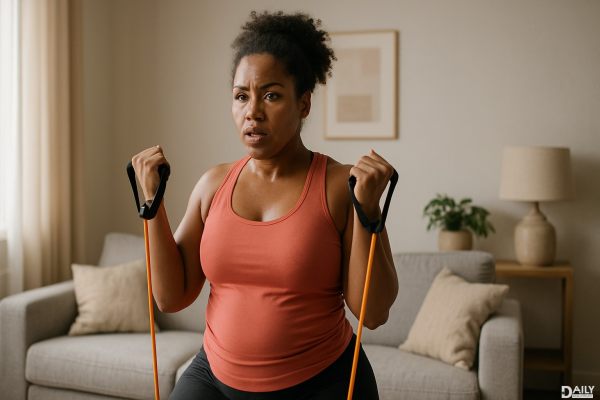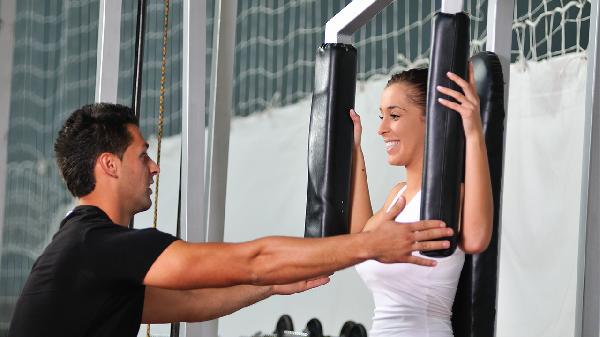Bodyweight exercises are the unsung heroes of fitness, offering a no-frills way to build strength, endurance, and flexibility without needing a gym membership or fancy equipment. Whether you're stuck at home, traveling, or just prefer simplicity, mastering fundamental movement patterns with your own body as resistance can deliver serious results. The beauty of these exercises lies in their scalability—what starts as a beginner-friendly move can evolve into a challenging variation as your fitness improves.
The Power of Bodyweight Training
Forget the myth that you need weights to get stronger. Bodyweight exercises leverage gravity and leverage your own mass to create resistance, forcing muscles to adapt and grow. Compound movements—those that engage multiple muscle groups at once—are especially effective because they mimic real-world motions while boosting calorie burn. Research suggests that even short bursts of bodyweight training can improve cardiovascular health, muscle tone, and mobility. Plus, since you're not relying on external loads, the risk of injury (when performed correctly) tends to be lower than with heavy lifting.
Lower-Body Dominators
Your legs house some of the largest muscles in your body, and bodyweight exercises can fire them up efficiently. Squats, for example, target your quads, hamstrings, glutes, and even your core if you nail the form. Lunges add an element of balance and unilateral strength, preventing muscle imbalances. For an isometric burn, wall sits are brutal yet effective—just try not to cry when your thighs start shaking. Want more intensity? Elevate your feet during push-ups or try single-leg squats (aka pistol squats) once you've built baseline strength.
Upper-Body Game Changers
Push-ups aren’t just a chest exercise—they work your shoulders, triceps, and core too. The key is maintaining a straight line from head to heels to avoid sagging or hiking your hips. Planks, another classic, build endurance in your abs, back, and shoulders; side planks zero in on obliques. If standard push-ups feel too easy, experiment with diamond push-ups (hands close together) or archer push-ups (one arm extended wide) to increase difficulty. No pull-up bar? Doorframe rows using a towel can simulate the motion for your back and biceps.
Core Crushers Beyond Crunches
Crunches are overrated. Instead, opt for dynamic moves like the bird dog, which strengthens your lower back while improving stability. Dead bugs—lying on your back and alternately extending opposite arms and legs—teach your core to resist movement, a skill that translates to better posture and injury prevention. For rotational power, Russian twists (even without weight) engage your obliques. And let’s not forget hollow body holds: lying with limbs lifted slightly off the ground, this move is a stealth core killer favored by gymnasts.
Putting It All Together
The best bodyweight workouts combine push, pull, squat, hinge, and core movements for full-body engagement. Try circuits (30 seconds per exercise, minimal rest between moves) or AMRAP (as many rounds as possible) formats to spike your heart rate. Consistency matters more than complexity—even 15 minutes daily can yield noticeable improvements. Listen to your body, prioritize form over speed, and don’t shy away from modifications (like knee push-ups) until you build proficiency. Over time, you’ll discover that gravity alone can be the ultimate personal trainer.
Bodyweight training proves that fitness doesn’t require expensive gear or complicated routines. By mastering these foundational movements, you’ll build functional strength that serves you in everyday life—whether you’re hauling groceries or sprinting for the bus. The only limit? Your willingness to embrace the burn.
























